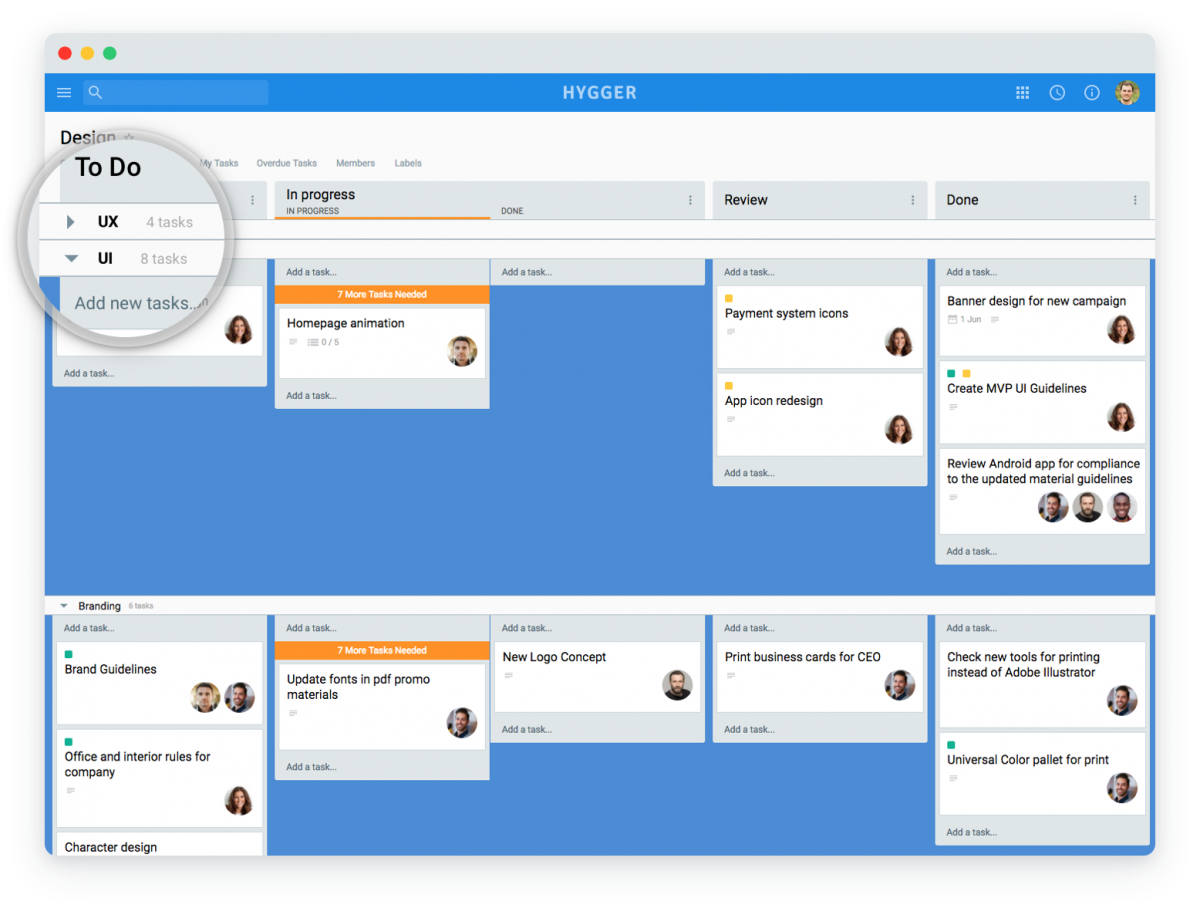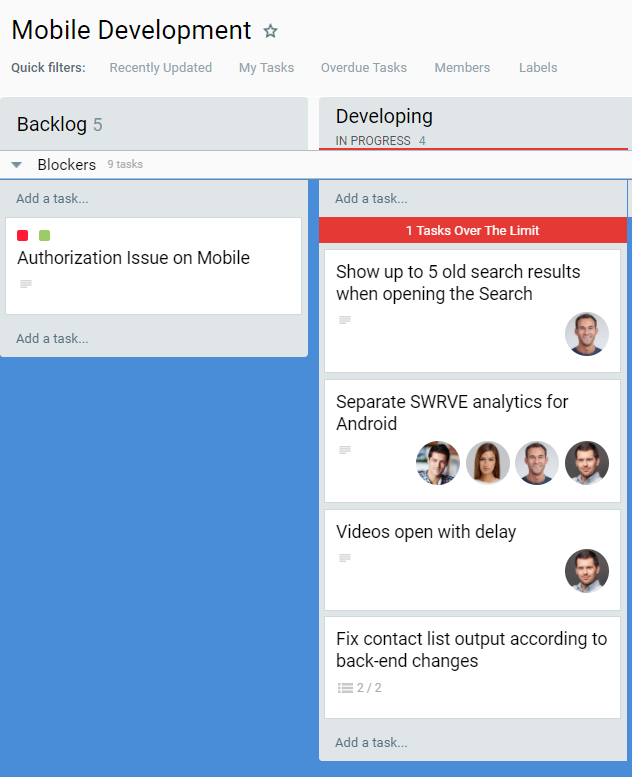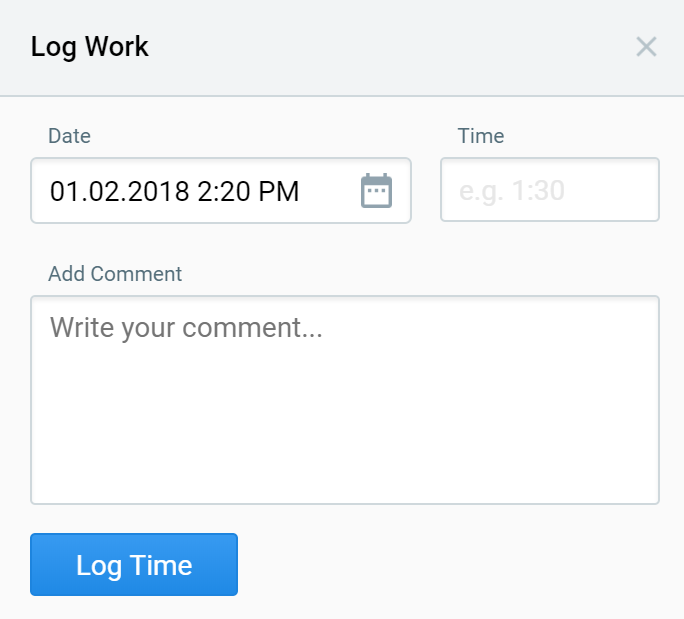What is missing in Trello for Agile development and where to look for alternatives?

Many of those who are accustomed to working with Trello, note the convenience and versatility of the tool, but forget that there are many new services and functions around. Trello is based on Kanban boards. Unfortunately, Kanban boards in Trello are greatly simplified: they do an excellent job with common office tasks, but Agile lacks many functions for software development.
What is missing in Trello for full-fledged work with Scrum and Kanban?
Take for example a company in which, at a minimum, there are developers, testers, a project manager and a product manager. They can use both Scrum and Kanban methodologies in their work. Why should they take their eyes off the Trello and learn about the new features and functionality of other platforms? The founder of Hygger.io initially thought about this when planning full-fledged functionality for the product management platform.
Alexander Sergeev, the founder and CEO of the Hygger.io platform, talks about useful features for managing products that Trello lacks.
Swimlanes
It’s easy to imagine vertical columns on the board. Submitted? So, Swimlanes are horizontal columns. As a rule, on the development board we make three types of Swimlanes:
- Tasks & Bugs - 99% of the time people perform tasks from this Swimlane.
- Someday - here we postpone those tasks, to which the turn will most likely never reach.
- The Blockers get those tasks or bugs that need to be done right now, in real time. Examples of such tasks are: “dropped” server, payments or registration failed, new exceptions from crashlytics / rollbar / sentry. By agreement, the programmer must switch to a solution to the blocking bug to our companies. otherwise, people will develop a “blindness” to the blockers, and they will cease to give them due importance.

WIP limits
WIP limits allow you to limit the number of tasks above and below, which can be in a column. If there are more or less tasks, the column reports this “out loud”, for example, with background color.
What is it for? For example, in order to identify bottlenecks in the process. Programmers have done 10 tasks, and they are in line for testing. There are only two testers. There is a problem - testers have a queue, they do not cope with checking tasks. We set the WIP limit on the queue of tasks for QA in 2 and if we exceed the limit, we will know about it. A possible solution to the problem - we hire two more testers.

Time tracking
Trello never implemented native time tracking. The reason is clear: they have a wide audience and not everyone needs it. And those who need, can buy additional software, for example, Everhour or Toggl. But these are additional expenses, and not small ones - from $ 5 for a user to $ 49 for a user.

Versions and Releases
I can not imagine how you can conduct the development of software without versions and releases. A version is essentially a tag that we hang on a stack of tasks. When all the tasks from the version are ready, we will release this version. We hang the same tag on the commit in gita. And then we can roll back in case of big trouble or find the ends - determine the version of the code from Exception, get it from the history of commits and fix the bug.
Burndown chart
No time tracking - no burndown chart. No Burndown chart - no sprints. Burndown chart is a dashboard for a team that spills. He is a motivator (or a demotivator in neglected cases - when a team strongly overestimates its capabilities).
Projects and collections
Without projects and collections, chaos begins in the plank tree. The project has to be encoded in the name of the board. Collections are good, but only available in the Trello Business Class.
Column types
A column can be one of three types:
- To do
- In progress
- Done
When a task falls into an Done type column, it is considered completed. Without such a division it is impossible to make sprints - because we need to know when the task was done to reflect this in the Burndown chart.
Via Trello to the stars
Thanks to Trello, I made my product - Hygger, which in its essence is an alternative to Trello for Agile software development. In addition to the functions described above, Hygger includes:
Backlog board . It allows you to collect and evaluate ideas to identify those that need to be done first. Evaluation is made using the fields of Value and E efforts. By Value, each company can understand something of its own, for example, the impact on revenues and on the UX. Efforts are efforts to develop an idea.
Backlog Priority Chart is a tool that allows you to visually see the distribution of ideas in 4 quadrants: Quick Wins, Big Bets, Time sinks and Maybes, which are formed by two axes: Value and Effort.

Roadmap board allows you to plan the release of future versions, bring together several projects and see the big picture on the company.
By the way, Hygger is free for teams of up to 5 people.
Do you think such functions listed above are needed in the arsenal of a product manager or a project manager? And what tools and features you lack in work? Write in the comments or send your questions or ideas to support@hygger.io
')
Source: https://habr.com/ru/post/350258/
All Articles